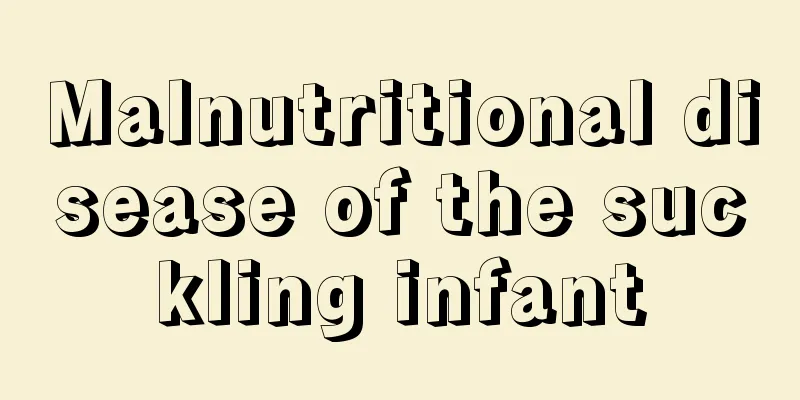Local song - Kyouka

|
Poetry from the Silla period in Korea. It is also known as Saneka. According to historical documents, the name Hyangga was used to mean "song of our country" in contrast to Chinese poetry, but it has been interpreted in various ways, such as "song unique to Korea in the Silla period," "national style," "song of our country, i.e. the national anthem," and "song unique to the East, a Silla song." Hyangga are formally classified into four-line, six-line, eight-line, and ten-line styles, but the ten-line style Hyangga is the most complete form of fixed poem. It consists of three chapters, of which the first and second chapters each have four lines, and the third chapter has two lines. The third chapter generally begins with an interjection, "au" or "aya." Korean folk songs were most popular in the mid-8th century, and in 888 the anthology "Sandaimoku" was compiled by the monk Daiku, but it has not been handed down. Only 25 Korean folk songs remain. These songs were written in a time when Korea did not have its own writing system, so they are written in Rito (also called Hyangchal), which is similar to the Japanese Manyo-gana. Among the 25 local songs, there are many with a strong Buddhist flavor that were written by monks, such as "The path of life and death is endless, so if I go without saying that I am going, as the winds herald autumn, here and there, the leaves that fall from the branches, it is difficult to know where they will go. But at the end of my journey is Amida's Pure Land, and perhaps we will meet again someday, so I will practice my path and await my due date" (written by Gekkei Daishi, translated by Tanaka Akira). There are also others that have an oral character, such as "Sweet Potato Children's Song," and others that sing of the subtleties of human feelings, such as "Flower Offering Song." [Yoon Hak Jun] "The Heart of Korea - Poetry and Truth of the Nation" by Kim Sa-yeop (Kodansha Gendai Shinsho) Source: Shogakukan Encyclopedia Nipponica About Encyclopedia Nipponica Information | Legend |
|
朝鮮、新羅(しらぎ)時代の詩歌。一名「詞脳歌(サネカ)」ともいう。郷歌という名称は、文献によれば中国の詞章に対して「わが国のうた」という意で使われたようであるが、「新羅時代の朝鮮固有のうた」「国風」「自国のうた、即ち国歌」「東方固有のうた、新羅歌謡」などさまざまな解釈がある。郷歌は形式上、四句体、六句体、八句体、十句体などに区分されるが、そのなかで定型詩として整っているのは十句体式郷歌である。これは3章からなっており、そのうちの1、2章はそれぞれ4句に、3章は2句で構成されている。3章の頭部には一般的に「アウ」または「アヤ」という感嘆詞がつく。 郷歌がもっとも盛んであったのは8世紀の中ごろで、888年には大矩和尚(だいくおしょう)によって郷歌集『三代目(さんだいもく)』が編纂(へんさん)されたが、伝わっていない。現存する郷歌は25首のみである。これらは朝鮮に固有文字がなかった時代の歌なので、日本の万葉仮名に似た吏読(りとう)(郷札(ヒャンチャル)ともいう)で表記されている。25首の郷歌には、「生死(しょうじ)の路はとどめえず/行とも言えで逝くならめ/秋告ぐ風に ここかしこ/枝より落つる木の葉はも/いずち行くやは知りがたし/さあれ 行つく果ては弥陀(みだ)浄土/また逢(あ)う日もあらめ/道を修めて期(とき)待たん」(月明大師作、田中明訳)のように僧侶(そうりょ)によってつくられた仏教的色彩の濃いものが多く、ほかに『薯童謡(しょどうよう)』のような口伝的な性格を帯びたもの、『献花歌』など人情の機微を歌ったものがある。 [尹 學 準] 『金思燁著『朝鮮のこころ――民族の詩と真実』(講談社現代新書)』 出典 小学館 日本大百科全書(ニッポニカ)日本大百科全書(ニッポニカ)について 情報 | 凡例 |
Recommend
Hasuda [city] - Hasuda
A city in eastern Saitama prefecture. It was incor...
maphrian
…the title of bishop second only to patriarch in ...
Stadtwald
…It was originally given as a translation of the ...
Kasuga
(The spelling "Kasuga" is derived from t...
Garubet - Garubet
...Among the dance songs, the bourré (which has v...
Tamizo Miyazaki
Year of death: August 15, 1928 Year of birth: 20th...
confederation nacional de trabajo (English notation) confederation nacional de trabajo
…The founding of the Second International in 1889...
Limidae
...They spawn in the summer. There are 35 species...
Wild rice
This refers to wild plants of the rice genus Oryza...
Pulmonary edema
(1) Pulmonary edema Definition Pulmonary edema is ...
Asenyaku (English spelling) gambir
Also known as gambir (the Malaysian name for the p...
Hum noise
...In the case of record players, measures are ta...
Shared ride - Ainori
...Rickshaws became popular, and in February 1872...
Patrimonial bureaucrats
...And, "as soon as the ruler's purely p...
Definition - definition
The precise meaning of a concept (or term) used i...









